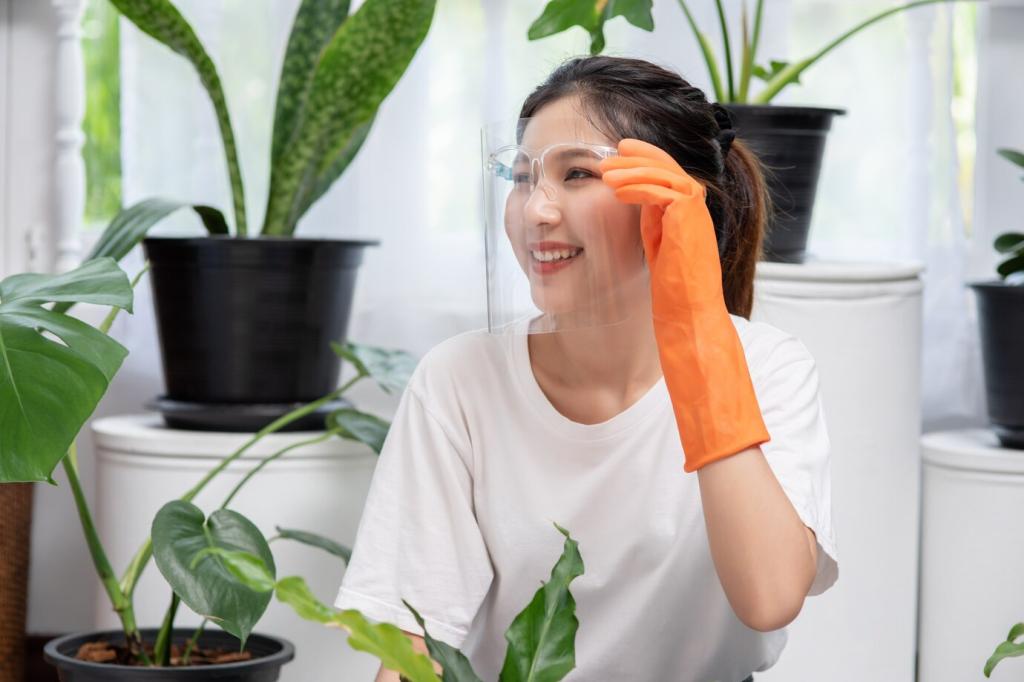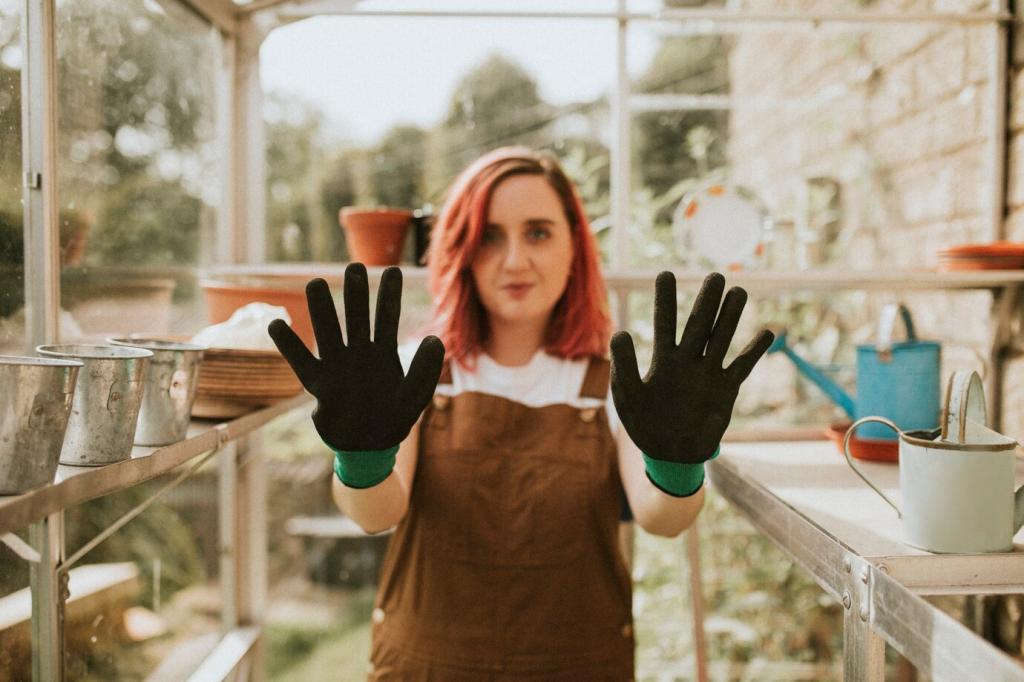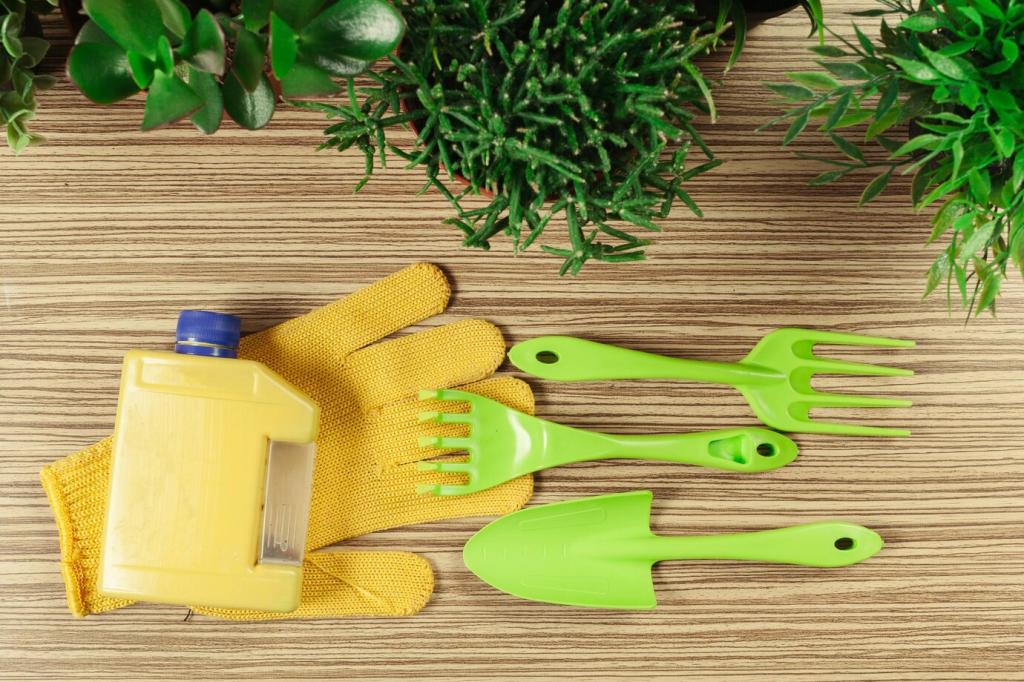Know Your Leather Before You Clean
These beautifully natural leathers show character and absorb faster, making gentle cleaning essential. Apply very light product to a cloth, not directly to the sofa, and work in small zones. Always patch test; slight darkening is normal but should remain subtle and even.
Know Your Leather Before You Clean
Many family-room sofas use pigmented finishes with protective topcoats. An organic leather cleaner still shines here, especially for residue-free maintenance. These finishes are more forgiving, but benefit from cautious circular motions and microfiber cloths that avoid micro-scratching and keep sheen consistently calm.




